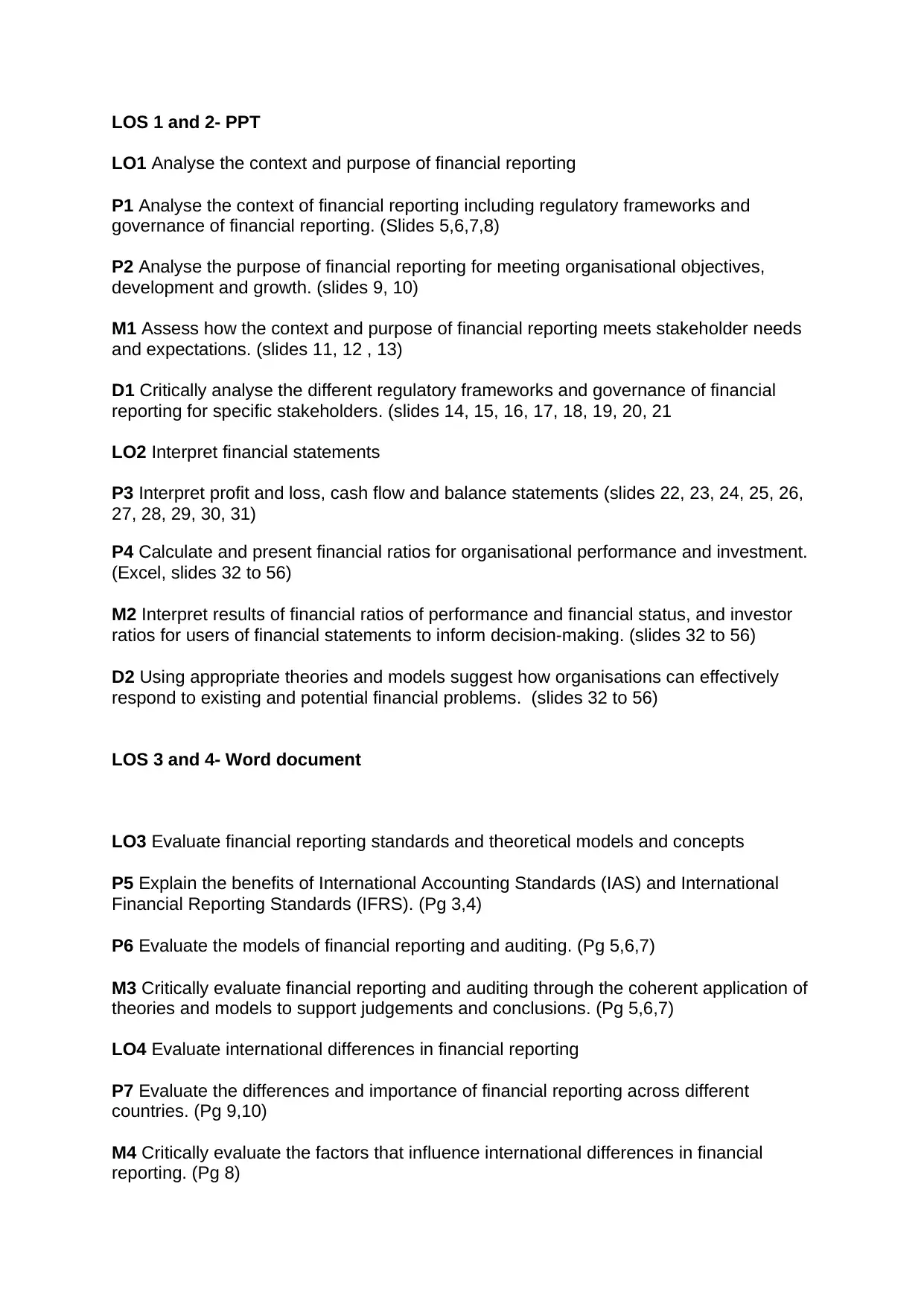Financial Reporting Project: Analysis and Interpretation
VerifiedAdded on 2023/01/16
|2
|371
|39
Project
AI Summary
This financial reporting project, designed for a BTEC HND/HNC Unit 13 assignment, provides a comprehensive analysis of financial statements, including balance sheets, profit and loss accounts, and cash flow statements. The project covers key learning outcomes such as analyzing the context and purpose of financial reporting, interpreting financial statements, evaluating financial reporting standards (including IFRS), and assessing international differences in financial reporting. The project utilizes a PowerPoint presentation format with accompanying Excel calculations for financial ratio analysis, providing interpretations of results to inform decision-making and suggesting organizational responses to financial problems. It also includes a written component evaluating financial reporting standards and theoretical models, as well as the differences and importance of financial reporting across different countries, with critical evaluations of factors influencing international differences.
1 out of 2







![[object Object]](/_next/static/media/star-bottom.7253800d.svg)